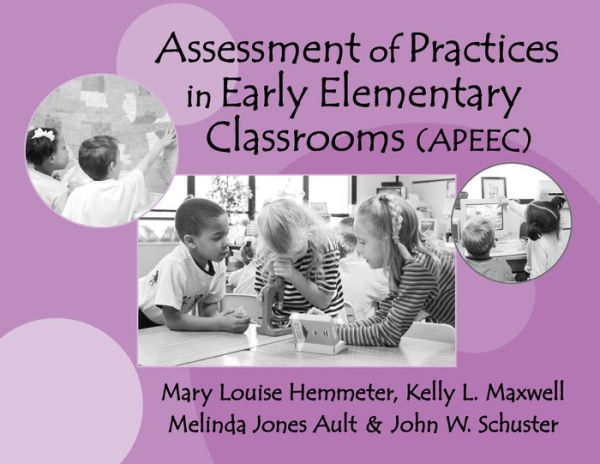5
1
9780807740613


Assessments of Practices in Early Elementary Classrooms / Edition 1 available in Paperback

Assessments of Practices in Early Elementary Classrooms / Edition 1
- ISBN-10:
- 0807740616
- ISBN-13:
- 9780807740613
- Pub. Date:
- 07/12/2001
- Publisher:
- Teachers College Press
- ISBN-10:
- 0807740616
- ISBN-13:
- 9780807740613
- Pub. Date:
- 07/12/2001
- Publisher:
- Teachers College Press

Assessments of Practices in Early Elementary Classrooms / Edition 1
$24.95
$24.95
This item is available online through Marketplace sellers.
$11.61
This item is available online through Marketplace sellers.
24.95
Out Of Stock

Product Details
| ISBN-13: | 9780807740613 |
|---|---|
| Publisher: | Teachers College Press |
| Publication date: | 07/12/2001 |
| Edition description: | New Edition |
| Pages: | 48 |
| Product dimensions: | 11.00(w) x 8.50(h) x 0.12(d) |
About the Author
What People are Saying About This
From the B&N Reads Blog

